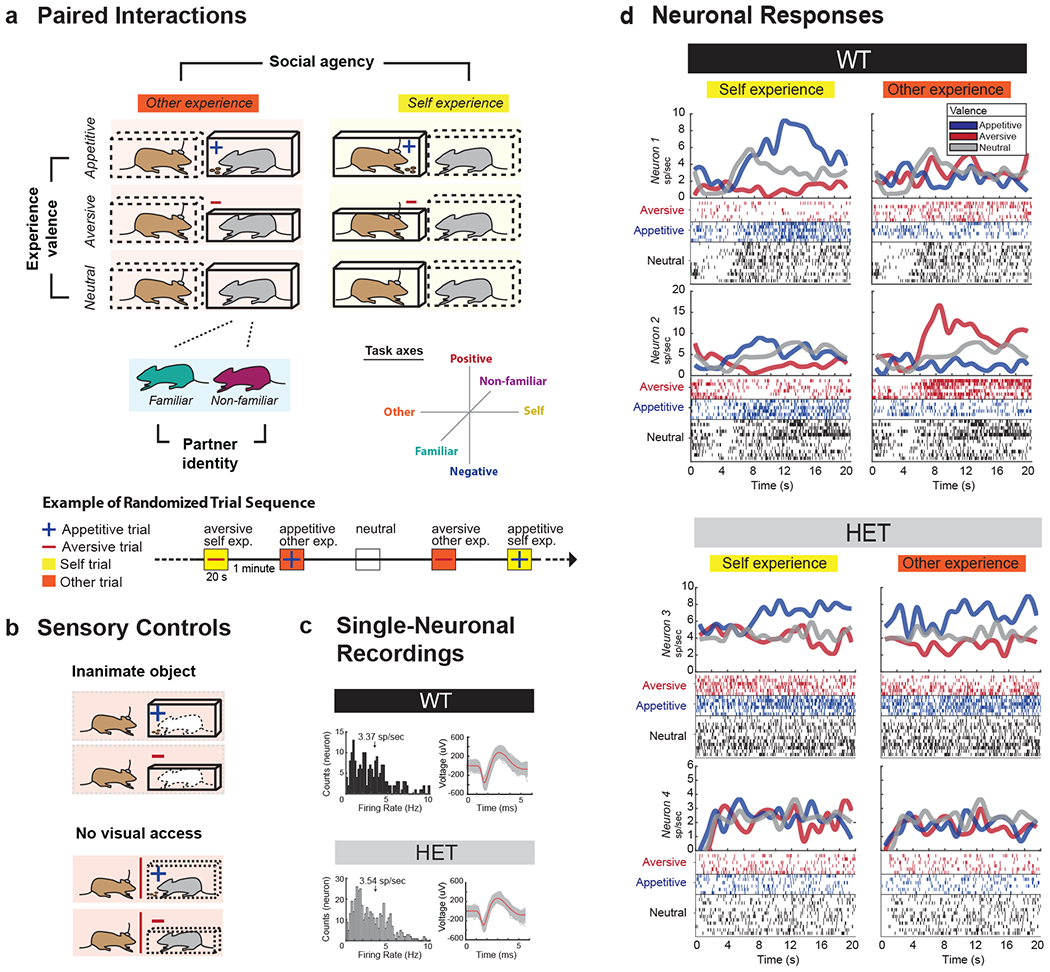Fig. 1. Neuronal encoding of social information in the mPFC and its relation to Shank3 expression.

a. Pairs of mice performed a social task in which three main variables were tested. These included social agency (self vs. other), social identity (familiar vs. non-familiar) and experience valence (positive vs. negative). Thus, for example, whereas one trial may involve another mouse undergoing an aversive experience, the subsequent trial may involve the recorded mouse undergoing an appetitive experience. Here, the recorded mouse performed these trials in randomly interleaved fashion, with one-minute inter-trial periods over multiple trials. The figure shows a representative sequence of such trial combinations. The full set of self- and other- enclosure combination is described in the Methods. b. To further control for potential variations related to the stimuli themselves, either an inanimate mouse-shaped object was given or direct visual access was blocked. c. Multiple neuronal recordings were taken from the mPFC using penetrating microelectrode arrays. Here, the distribution of firing rates and sample waveform morphologies are displayed for both the WT and HET mice. Additional examples of waveform morphologies as well as histological section confirming the microelectrode locations in the cingulate gyrus of the mPFC can be seen in Extended Data Fig. 1b. d. Peri-event histograms and rasters from four representative neurons aligned to trial onset. Here, neuronal responses are divided based on differences in social agency (self vs. other) and experience valence (appetitive vs. aversive). Neutral conditions in which neither the recorded animal or the other agent underwent any experience are displayed for both left and right panels for comparison. Examples are given for both WT mice (out of n = 112 task-modulated neurons) and HET mice (out of n = 131 task-modulated neurons).
